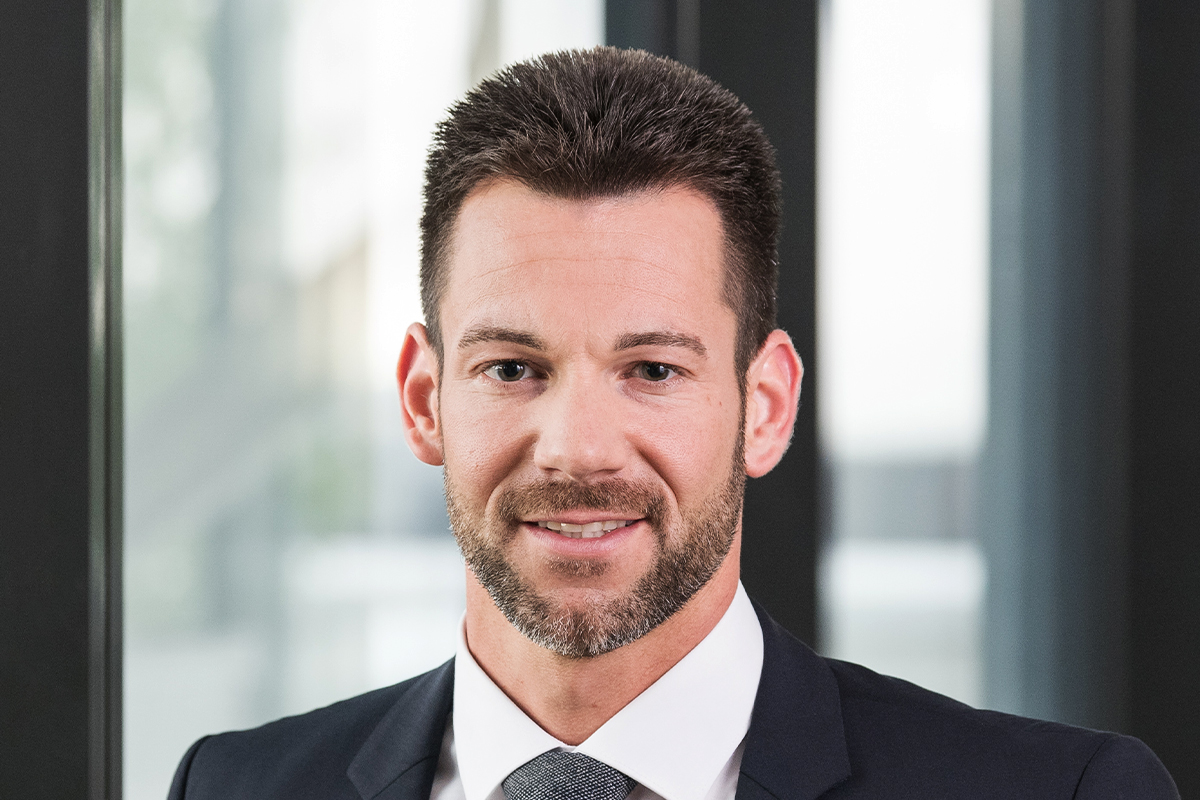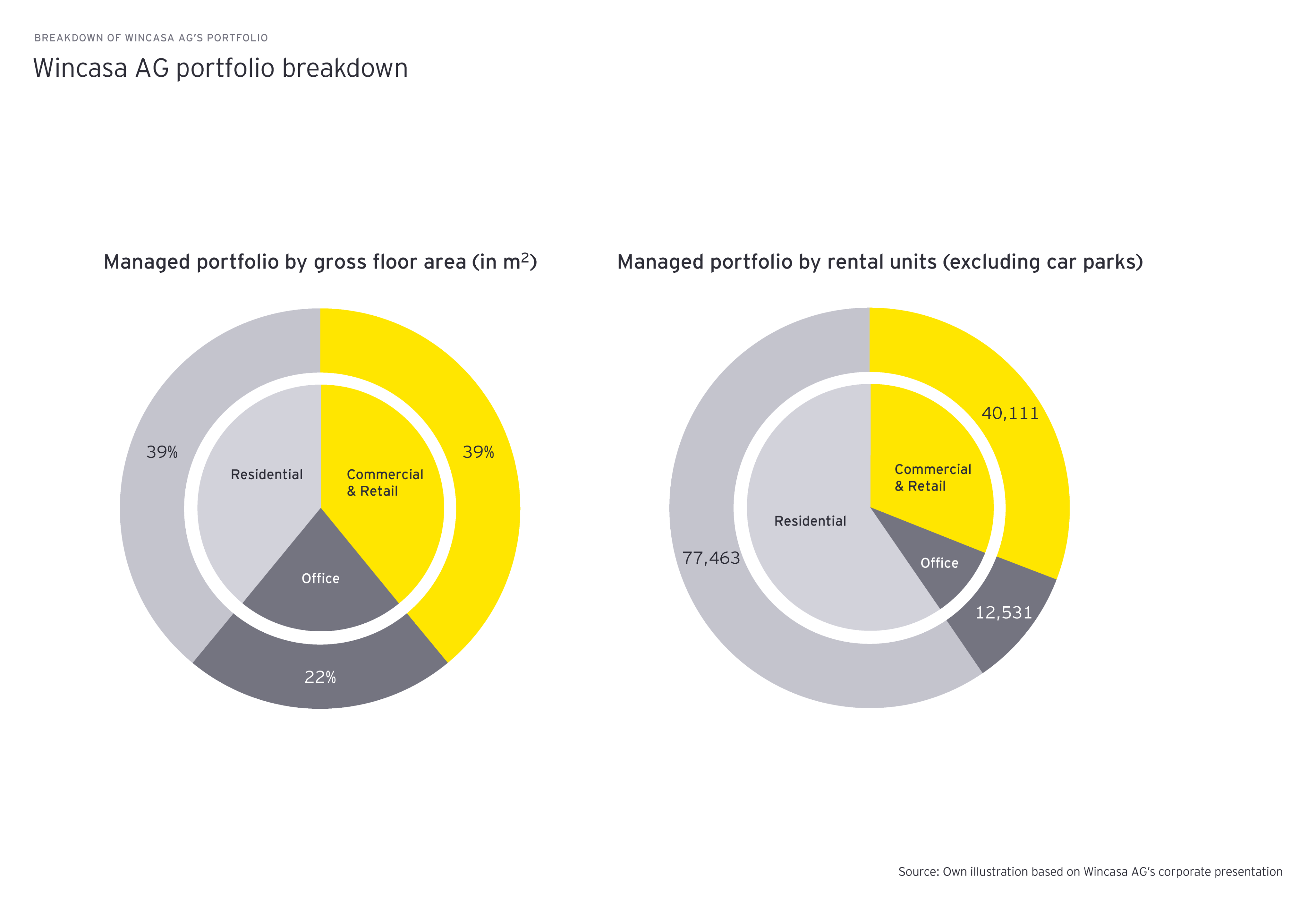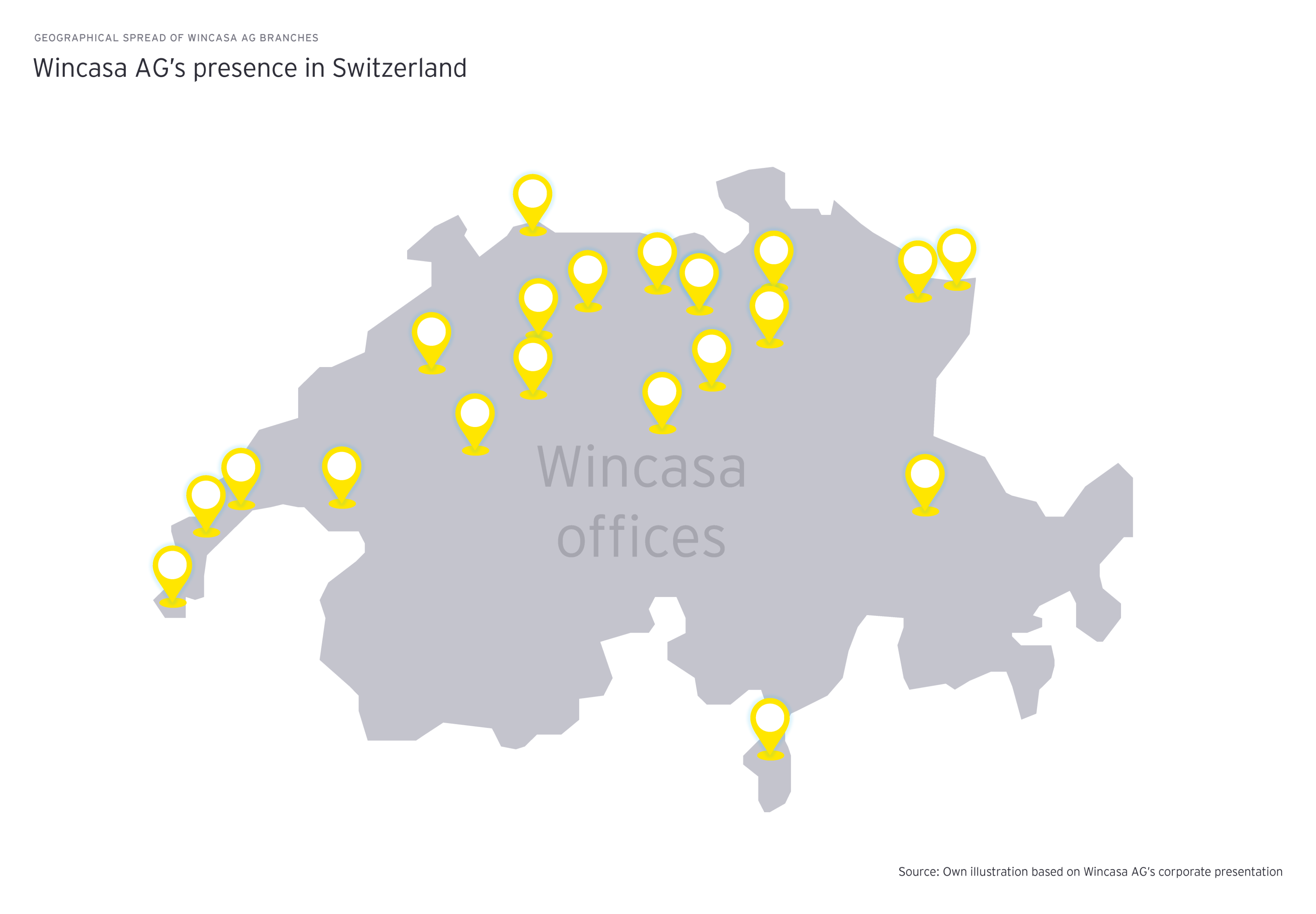EY refers to the global organization, and may refer to one or more, of the member firms of Ernst & Young Limited, each of which is a separate legal entity. Ernst & Young Limited is a Swiss company with registered seats in Switzerland providing services to clients in Switzerland.
How EY can help
-
Our real estate strategic advisory team can help your business build a working environment that supports collaboration and engagement. Find out more.
Read more
Vacancy rates in Switzerland are at a historic low and experts from federal government and the industry expect a housing shortage in the coming years. How has this happened and what do we need to do to improve matters?
The situation is complex and reflects a combination of rising demand and stagnant supply. Switzerland has had a high net immigration rate for years, with the new immigrants primarily looking for living space in urban areas and continually increasing demand there. In addition, the country has seen a steady rise in per capita land use – a trend that only seems to be weakening now. On the supply side, politicians and authorities have attempted to promote building densification in the revised Spatial Planning Act and counteract the growing dispersion of residential property. However, in practice, implementation of the act has led to a reduction in the supply of residential properties and the inward densification that had been hoped for does not seem to be working as intended due to planning objections and conditions being imposed by planning authorities. Moreover, remaining parcels of land eligible for residential construction are fragmented or have poor transport links. There have been attempts at a political level to amend the right to lodge planning objections to make it easier to complete building projects. A further way to improve supply would be to simplify the planning approval process, which is usually drawn out and comes with an ever-growing list of conditions. Finally, politicians also need to ask whether the Spatial Planning Act has achieved its aims, and if not put forward a revised version. Particularly when it comes to developing sites, the Implenia Group has had good experiences with participative processes where the groups affected by a building project are invited to and included in a dialog from the outset.
A number of Swiss cantons have already introduced rent controls and others are considering them to create affordable residential accommodation. What effect do these rental regulations, such as the LDTR (Loi sur les démolitions, transformations et rénovations de maisons d’habitation) in Geneva or the Residential Housing Promotion Act in Basel, have on the real estate market in your opinion?
These kinds of solutions lead to local and isolated phenomena. Rents may in fact be lower in places where the rent controls apply. But in neighboring, less regulated or unregulated areas, the price of residential accommodation rises disproportionately. This can be observed over decades in the Lac Léman region between Geneva and Lausanne and is backed up by statistical studies. Regulation also reduces the incentive for investors to carry out new builds or renovations. I lived in rental apartments in Geneva for several years and experienced the downsides of the lack of investment in properties at first hand. The quality of the properties deteriorated, in some cases quite severely. The Residential Housing Promotion Act recently introduced in Basel has already led to the first signs of a slowdown in investment projects, real estate transactions and a fall in property values. Of course no one will deny that the debate about affordable housing is important. The population has been hit by inflation, rising rents and health costs. Housing has become almost unaffordable in many places. As a society we need to think about future forms of working, living and transport. Do we really all have to live in prime central or urban locations? And if we do, why should it be so easy and cheap to lodge planning objections to block or prevent densification or building upwards in attractive central locations? Should we not facilitate large multi-story buildings with contemporary mixed uses in cities or large towns that are both work and residential spaces? That ideally also facilitate multi-generational living or living for disadvantaged social groups? Why isn’t it easier to convert offices into homes? If building projects like this are carefully prepared over years through a participative process and with the support of local authorities but are then rejected by voters (as happened in the city of Zurich a few years ago), we should not be surprised that there is a housing shortage. There needs to be a readiness to compromise by everyone in society and a balance needs to be struck between project models and the legal and regulatory framework.














